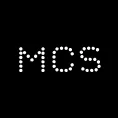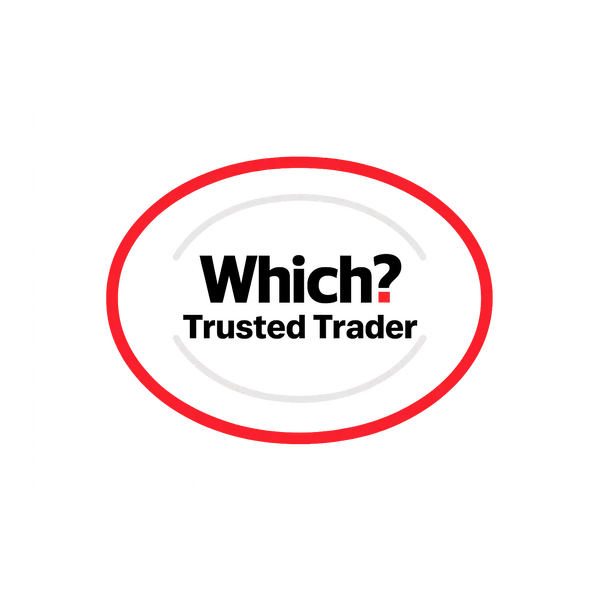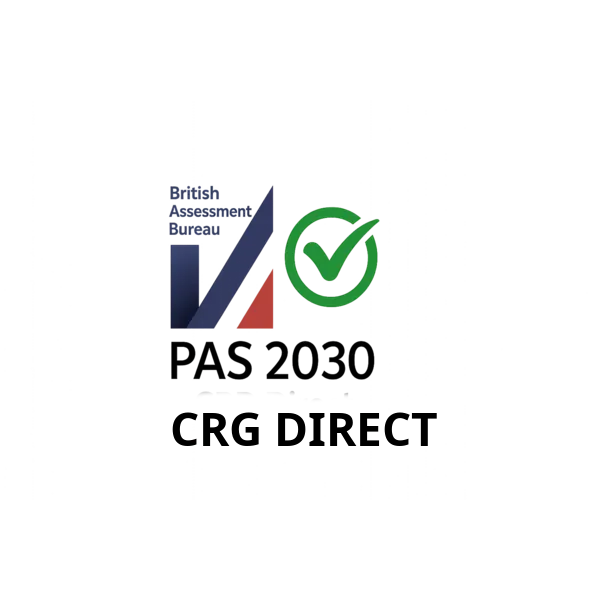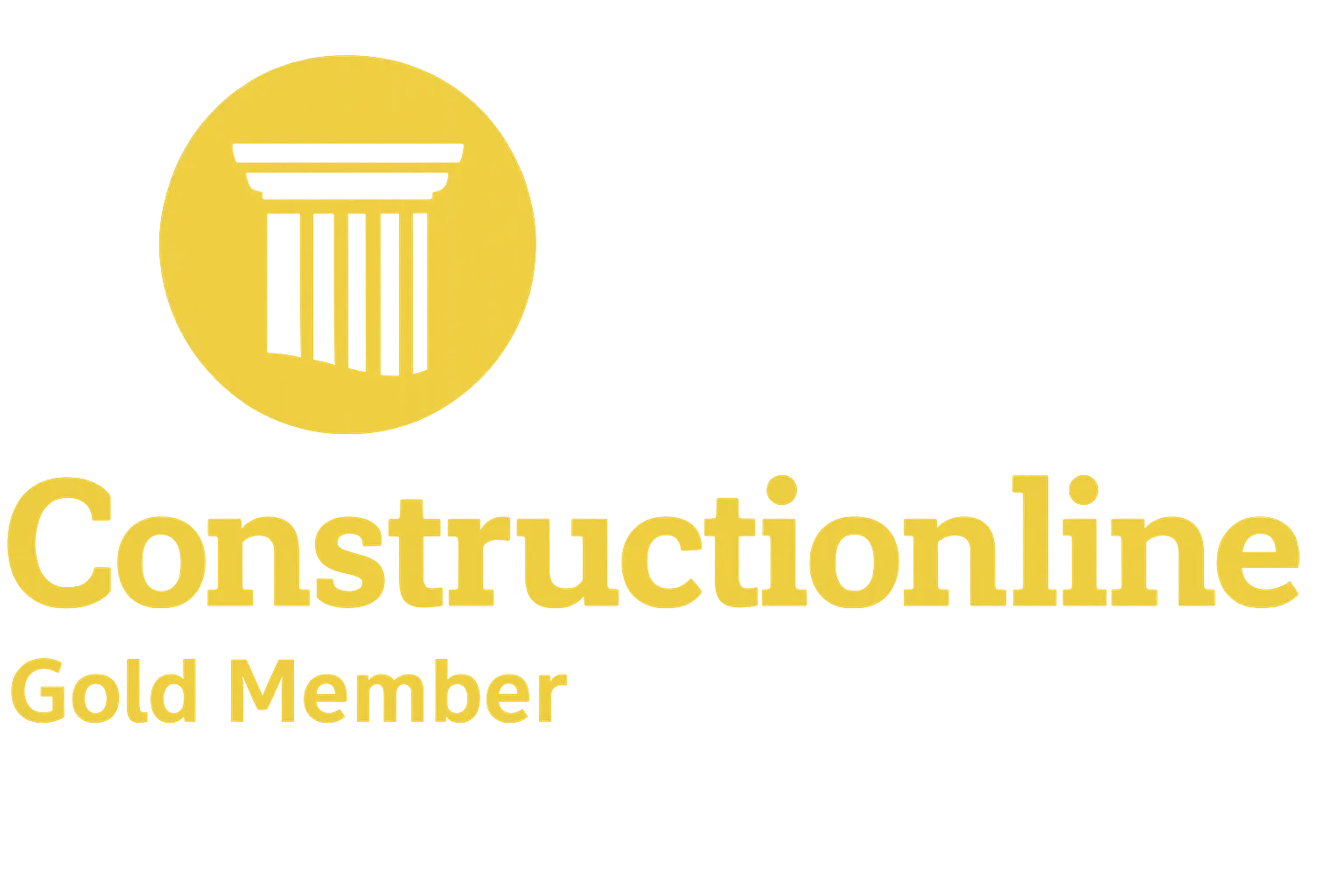Optimum Angle For Solar Panels
When investing in a solar panel system, one of the most important factors that affect your energy generation and efficiency is the best angle for solar panels. The angle, or tilt, at which panels are installed, often calculated in degrees based on geographic latitude and seasonal changes, directly affects how much sunlight (solar radiation) they capture which in turn determines how much energy your system will generate throughout the year.
In the UK, the ideal angle is usually around 35 degrees.
Understanding Solar Panel Angles
What is Panel Tilt?
Panel tilt refers to the angle between your solar panels and the horizontal ground. This angle is crucial because it determines how directly sunlight hits your panels throughout the day and across seasons.
Why Angle Matters
The sun's position changes:
- Daily: East to west movement
- Seasonally: Higher in summer, lower in winter
- By latitude: Different optimal angles by location
- Maximum exposure: Perpendicular rays generate most power
The Science Behind Optimal Angles
Solar Geometry Basics
Key principles:
- Solar panels work best when sunlight hits perpendicularly
- The sun's angle changes with seasons
- UK latitude ranges from 50°N to 60°N
- Fixed panels need compromise angle
Calculating Optimal Tilt
General rules for the UK:
- Year-round fixed: Latitude angle (50-60°)
- Summer optimized: Latitude minus 15°
- Winter optimized: Latitude plus 15°
- UK average: 35° recommended
UK-Specific Considerations
Regional Variations
Optimal angles by location:
- Southern England (50°N): 35-40°
- Midlands (52°N): 37-42°
- Northern England (54°N): 39-44°
- Scotland (56°N): 41-46°
Seasonal Sun Paths
UK sun elevation:
- Summer solstice: Up to 62° (London)
- Winter solstice: Only 15° (London)
- Spring/Autumn: Around 38°
- Year-round average: Best at 35°
Fixed vs Adjustable Systems
Fixed Tilt Systems
Most common in UK:
- Advantages: Simple, reliable, cost-effective
- Disadvantages: Compromise angle, seasonal variation
- Performance: 95% of theoretical maximum
- Maintenance: Minimal
Adjustable Systems
Premium option:
- Manual adjustment: 2-4 times yearly
- Automatic tracking: Follows sun
- Performance gain: 10-25% more generation
- Cost: Significantly higher
Real-World Performance Data
Angle Impact on Generation
UK performance variations:
- 0° (Flat): 88% of optimum
- 20°: 96% of optimum
- 35°: 100% (optimum)
- 50°: 96% of optimum
- 90° (Vertical): 68% of optimum
Practical Implications
Within 10° of optimal:
- Less than 2% generation loss
- Often not worth modifying
- Other factors more important
- Cost vs benefit consideration
Roof Pitch Considerations
Common UK Roof Pitches
Typical angles:
- Low pitch: 15-25°
- Standard pitch: 30-40°
- Steep pitch: 45°+
- Flat roofs: 0-10°
Working with Your Roof
Options by pitch:
- 25-45°: Usually install parallel to roof
- Under 25°: Consider tilt frames
- Over 45°: May need adjustment
- Flat: Always use mounting frames
Orientation and Angle Combined
The Complete Picture
Both factors matter:
- South-facing at 35°: 100% optimal
- SE/SW at 35°: 95% optimal
- East/West at 35°: 85% optimal
- North at any angle: Not recommended
Compensating Factors
Suboptimal orientation solutions:
- Adjust tilt to compensate
- East/West benefit from lower angles
- Consider split arrays
- Use optimizers
Seasonal Optimization Strategies
Summer vs Winter Priority
Different needs:
- Summer optimization: Lower angles (20-25°)
- Winter optimization: Steeper angles (50-55°)
- Year-round: Compromise at 35°
- Usage patterns: Match to demand
Manual Adjustment Schedule
If adjustable:
- March: Set to latitude minus 15°
- September: Return to latitude
- October: Set to latitude plus 15°
- April: Return to latitude
Shading and Angle Interactions
How Angle Affects Shading
Important considerations:
- Steeper angles cast longer shadows
- Row spacing must increase
- Winter shading more problematic
- Self-shading between rows
Optimizing for Shaded Sites
Strategies include:
- Lower angles reduce inter-row shading
- Portrait orientation sometimes better
- Micro-inverters help
- Strategic panel placement
Installation Methods by Angle
Pitched Roof Mounting
Standard approach:
- Rails parallel to roof
- Maintains roof warranty
- Cost-effective
- Aesthetically pleasing
Tilt Frames
For angle adjustment:
- Adds 10-30° to roof pitch
- Increased wind loading
- Higher installation cost
- May need planning permission
Flat Roof Systems
Always need frames:
- Ballasted at 10-15°
- Fixed at 30-35°
- East-West at 10°
- Consider wind exposure
Economic Analysis
Cost vs Benefit
Angle optimization economics:
- Perfect angle: 100% generation
- 10° off: 98% generation, 0% extra cost
- Tilt frames: 102% generation, 20% extra cost
- Tracking: 125% generation, 100% extra cost
When to Invest in Optimization
Worth considering if:
- Roof significantly off optimal
- Large commercial system
- Limited roof space
- Specific seasonal needs
Special Situations
Building-Integrated PV
Design considerations:
- Aesthetic requirements
- May sacrifice optimal angle
- Performance vs appearance
- Premium applications
Ground-Mount Freedom
Advantages include:
- Set any angle desired
- Seasonal adjustment easy
- Optimal orientation possible
- Maintenance access
Vertical Installations
Growing interest in:
- Bifacial panels on walls
- East/West vertical arrays
- Reduced soiling
- Different generation profile
Future Technologies
Smart Tracking Evolution
Developments include:
- Cost reductions coming
- AI-optimized positioning
- Weather-predictive adjustment
- Integrated cleaning systems
New Panel Technologies
May change optimal angles:
- Bifacial benefits from reflection
- Concentrated PV needs tracking
- Flexible panels conform to surfaces
- Efficiency improvements
Practical Installation Tips
Measuring Roof Pitch
DIY methods:
- Smartphone apps with level
- Rise over run calculation
- Professional survey best
- Consider accessibility
Planning Considerations
Check requirements for:
- Tilt frames on pitched roofs
- Any adjustment mechanisms
- Visual impact assessment
- Structural calculations
Common Myths Debunked
"Panels Must Face South"
Reality: East/West viable with right angle
"Steeper is Always Better"
Reality: Depends on season and usage
"Flat Panels Don't Work"
Reality: Still achieve 88% of optimal
"Perfect Angle Essential"
Reality: Within 10° negligible difference
Making the Right Choice
Priority Order
- Orientation: Most important factor
- Shading: Avoid at all costs
- Angle: Optimize within constraints
- Aesthetics: Consider appearance
- Cost: Balance all factors
Professional Assessment
Experts consider:
- 3D modeling of your roof
- Shading analysis
- Structural limitations
- Local weather patterns
- Economic optimization
Conclusion
While the optimum angle for solar panels in the UK is around 35 degrees, achieving this exact angle isn't always necessary or cost-effective. Panels installed within 10-15 degrees of optimal still perform excellently, often making expensive mounting adjustments unnecessary.
The key is understanding how angle interacts with other factors like orientation, shading, and your specific energy needs. For most UK homeowners, installing panels parallel to a standard pitched roof provides the best balance of performance, aesthetics, and cost.
CRG Direct's solar experts use advanced modeling software to determine the optimal configuration for your specific situation. We consider all factors - not just angle - to design a system that maximizes your investment. Contact us for a professional assessment that takes the guesswork out of solar panel installation.















